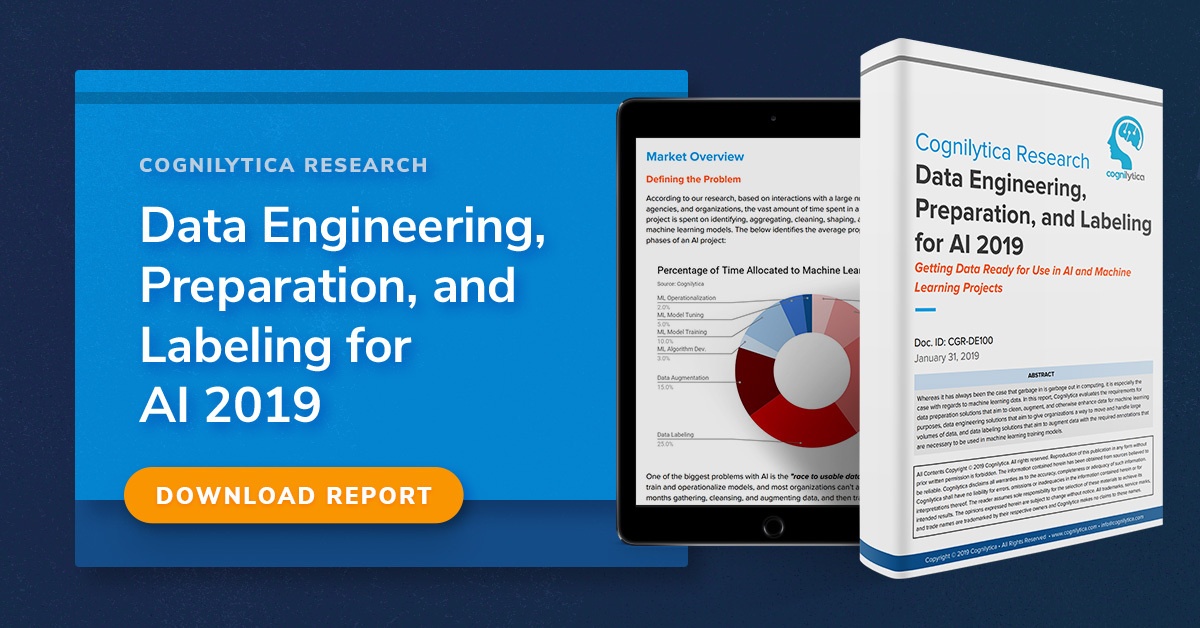
The value of data is defined only by what you’re able to do with it. When data is structured, meaning that it’s formatted in a consistent way with reliable ways to identify it, it can then be used in a variety of business processes. It’s value is derived from its usability.
Unstructured data is defined as a data value that has little or no metadata and therefore is difficult to categorize. It doesn’t fit neatly into a predefined data model. Without identifying these key elements, this data can’t be used in business processes, whether those processes create value for customers or help improve internal processes. With the right solutions in place, businesses can take advantage of the opportunity to put this data to good use.
The rise of unstructured data is fueled by the combined forces of SMAC, which is a clever acronym for social, mobile, analytics and cloud computing. The amount of data being created doubles every 18 months, and that pace is accelerating rapidly. User generated content like photos, social posts, web data, retail intelligence, scanned documents and more are creating new opportunities, as well as challenges every day. Many businesses are simply throwing storage at the problem, unsure of what to do, but some realize there is a lot of value in making that data usable and actionable. The challenge lies in extracting and/or categorizing valuable information from those data sources in an accurate and scalable way.
Examples of Unstructured Data:
Videos (interactive training, video meetings, product videos, user generated)
Scanned documents (receipts, invoices, medical forms, etc.)
Images
Social media profiles and posts
Financial data
Healthcare data
HR related information
Security data
Web data
Retail customer data
Retail intelligence images and data points
Log files
What now?
So, how can organizations tackle this challenge and start creating value from this explosion of unstructured data?
Here are three steps to start creating value from unstructured data:
1. Categorize data at the point of ingestion
The best time to add relevant metadata and structure to data is at the point of ingestion. This is often easier said than done. Many programs simply don’t provide a way to add categorization upon creation, and those that do are often woefully inaccurate meaning that human intervention and intuition are needed to complete the job.
2. Outsource/crowdsource the categorization process
As mentioned above, adding the necessary metadata to effectively categorize and process unstructured data usually requires some variant of human intelligence. This work is usually rote, repetitive and tedious. Building a team in house to tackle this challenge is expensive, and distracts businesses from their core mission. This work is perfect for outsourcing and/or crowdsourcing. You provide the business rules and a fully-managed workforce, powered by technology can process this data in an accurate and scalable way.
3. Drive value by incorporating data into business processes
Now that your data has been categorized and processed, what do you plan to do with it? Smart businesses are using this data to make their customers lives easier, improve learning algorithms, or to analyze and improve their own internal processes. What was once useless, messy data sitting on a server is now searchable, actionable and usable.
The forces fueling the acceleration of unstructured data will be with us for a long time. Social media interactions continue unabated, the use of mobile devices is more prevalent than ever (just look around at a restaurant). Businesses are more data-driven than ever and the scalability of cloud computing is blurring the boundaries between the digital and physical worlds. As the amount of unstructured data grows, it also creates new opportunities to create amazing value, better customer experiences and improvements to your organization.
How will your business take advantage?
Image via GigaOm



